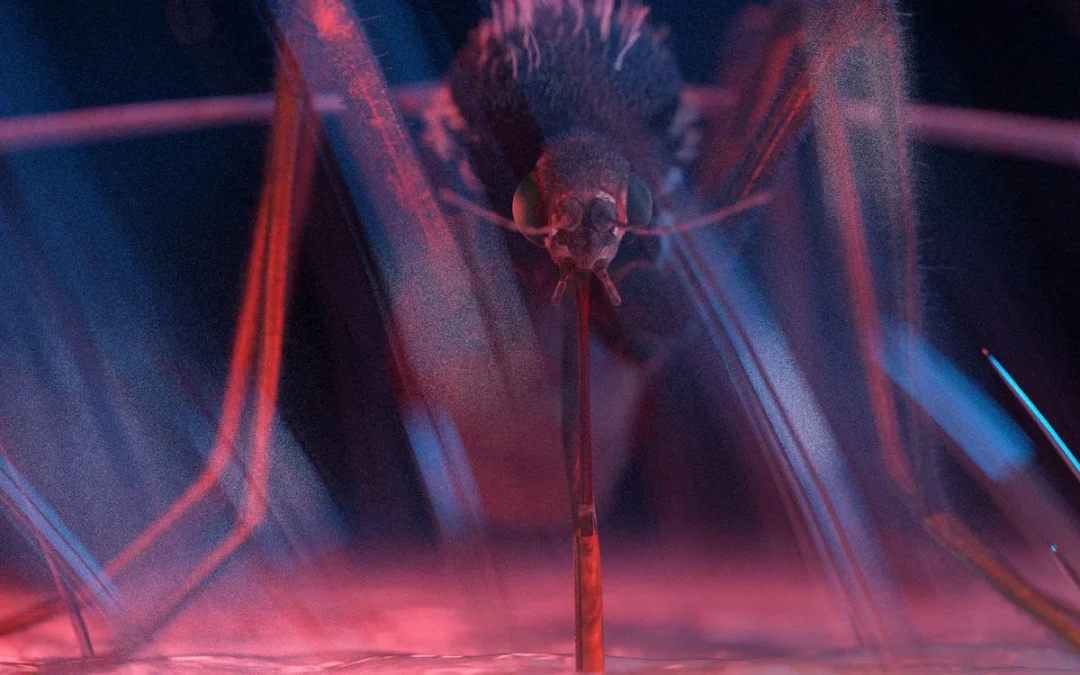The Global Toll of Mosquitoes: Understanding the Deadly Impact and Recognizing the Symptoms
The World’s Deadliest Animal: A Global Health Crisis
Mosquitoes are not just a nuisance; they are the deadliest animals on the planet. Each year, mosquito-borne diseases cause over 700,000 deaths worldwide, with malaria alone accounting for approximately 608,000 deaths in 2022 .(World Health Organization)
Country-Specific Deaths from Mosquito-Borne Diseases
The burden of mosquito-borne diseases varies across countries:
-
Nigeria: Accounts for 30.9% of global malaria deaths .(World Health Organization)
-
Democratic Republic of the Congo: Responsible for 11.3% of malaria deaths .(World Health Organization)
-
Niger: Contributes to 5.9% of malaria deaths .(World Health Organization)
-
United Republic of Tanzania: Accounts for 4.3% of malaria deaths .(World Health Organization)
-
India: Reports significant cases of dengue and chikungunya, with dengue causing over 400 deaths in early 2025 .(ECDC)
-
Brazil: Experienced a surge in dengue cases, with 13 million cases and 8,200 deaths reported in 2024 .(People.com)
Common Symptoms of Mosquito-Borne Diseases
Recognizing the symptoms early can be life-saving. Common symptoms include:(National Park Service)
-
Fever: A sudden high fever is often the first sign.(Texas Health Services)
-
Headache: Severe headaches are common, especially in dengue and malaria.
-
Muscle and Joint Pain: Chikungunya and dengue often cause intense joint and muscle pain.(AP News)
-
Rash: A skin rash may appear in diseases like dengue and Zika.(Wikipedia)
-
Nausea and Vomiting: These gastrointestinal symptoms can accompany several mosquito-borne illnesses.
-
Fatigue: A general feeling of tiredness and weakness is common.(Wikipedia)
-
Red Eyes (Conjunctivitis): Notably associated with Zika virus infections .(Medical News Today)
Preventive Measures and Modern Solutions
Preventing mosquito bites is crucial in reducing the risk of these diseases. Here are some effective strategies:
-
Eliminate Standing Water: Mosquitoes breed in stagnant water. Regularly empty containers, flower pots, and gutters.
-
Use Insect Repellents: Apply EPA-registered repellents containing DEET, picaridin, or oil of lemon eucalyptus.(New Jersey Official Site)
-
Install Window and Door Screens: Prevent mosquitoes from entering your home.
-
Wear Protective Clothing: Long-sleeved shirts and long pants can reduce skin exposure.
-
Utilize Mosquito Nets: Especially important in areas with high malaria transmission.
-
Adopt Modern Technologies: Innovative solutions like ultrasonic repellents and mosquito traps can provide additional protection.
Conclusion
Mosquito-borne diseases continue to pose a significant threat globally, particularly in tropical and subtropical regions. Awareness of the risks, recognition of symptoms, and implementation of preventive measures are vital steps in combating these illnesses. By staying informed and proactive, we can reduce the impact of these deadly diseases.
For more detailed information on mosquito-borne diseases and prevention strategies, please refer to the following resources:

